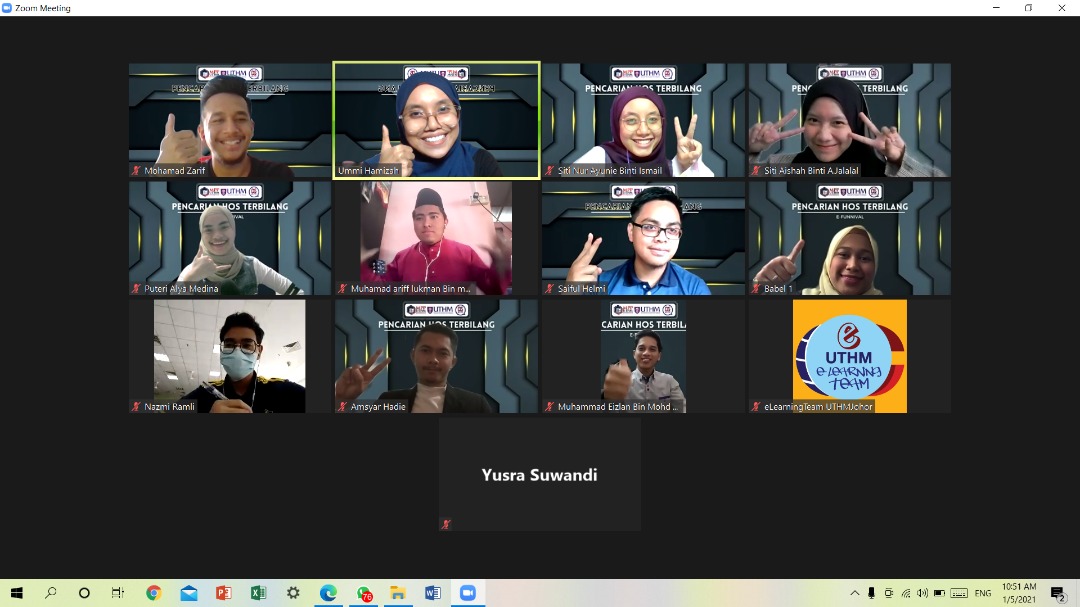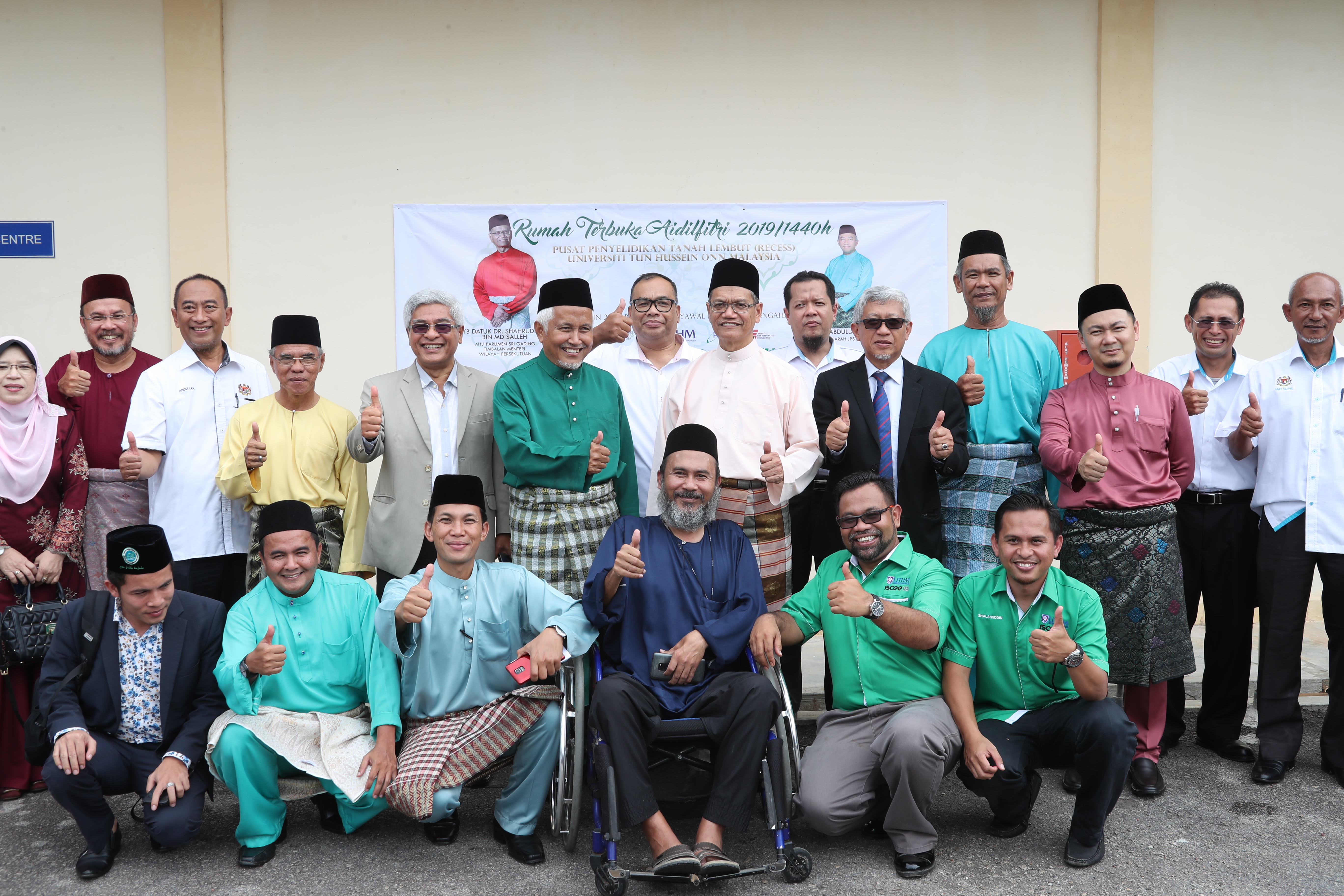
Observations from surrounding babies, kids, nieces, and nephews, often the said first few words are totally not the same as what being produced by our own peers. Peers here are adult with lots of exposure to vocabs throughout their years of life. Babies, and kids below 2 years old, on the other hand are still in the phase of development. They are producing sounds resembling words (as far as what we as adult perceive), for example “da-da,” “ba-ba “, “ma-ma,” “chu-chu” and other repeating parts of sounds. These ‘words’ are definitely coming from the babies’ surrounding environment especially when the parents are talking to them, or any other people talking towards them.
Producing sound: My first word!
Babies listen to the sounds produced and observe the actions that might be related to it. The sounds coming later from them are the results of imitation. Babies imitate sounds that they heard and try to produce it (maybe sometimes not as accurate as the original words) to communicate with the people around. Their vocal tract is also not yet fully developed to accommodate the different vowels and consonants compilation they listened, but they kept that in mind for later use. Babies also can associate sounds with certain emotions, or gestures and then replicate it once they have grasped the skill. There are popular says that babies will produce sounds of “ba-ba” first if they were affectionately attaching to the mother as they do not feel the mother as a different entity as compared to the father.
Babies learns through experiences and that is why some children whose parents use English to communicate with them more than other language such as Malay, will capture English language better than Malay in their later development phase. If the parents use more than one language communicating with them in balanced amount, the babies might develop bilingual skills at a very early age, but still there will be one main language preferred by them. There are parents who are very good at communicating with children. They perform necessary actions, intonation or gesture while talking, and pointing, showing while communicating, and these happen to be helping the children to understand the words better (in terms of associating it with the specific things, actions, or emotions).
Articulating words: Baby talk.
Since babies below 2 years of age are known to unable to articulate the sounds/words perfectly to convey their needs or emotion, they might accompany certain sounds they have mastered with the act of crying or other physical gestures such as thumping, waving, pointing or any other ways for us (the adults) to give them what they want or need.
Babies also do not utter complete sentence until they are maybe at around 3+ or 4. They are still collecting words (vocabularies) and store them in their mind for later use. Babies are a very good observer and imitator. They might start with undistinguished sounds to distinguished repeated one-word sound, then they might move to perfect one-word sound, two-words, phrases, and later to a complete sentence.
Let them learn: Developing language.
Babies do not learn and reproduce everything at one go. They develop their language learning according to phases. They might start with recognising sounds (but still not yet able to distinguish which were language and which were other noises). They might be able to know the voices belong to mother, father, siblings etc. They listen to rise and fall of pitch, and maybe paces, and maybe turn their heads towards the sound to listen or give better attention. After that they might move to starting to distinguish sounds that are language and sounds that might come from actions (clapping) or vehicles that does not bring any meaning to language. Once they managed to distinguish the sounds, they will try to produce the sounds that they have listened prior. They are cooing, babbling and other imitations and repetition. Next, they will try to match the sounds to form an understandable word with meaning, and so on and so forth.
We as adults should not be frustrated or too eager to get the children to talk (with correct words, pronunciation, like adults) as they learn by phases. If we could not understand what the babies means, we should try our best to accommodate and figure out by reading their normal or usual cues so that their need will still be fulfilled. We should also keep on communicating with them using our natural pronunciation (and maybe sometimes baby language is allowed, but not all the time to prevent mispronunciation later) to encourage the formation of language and vocabs.
Be careful with what you “wish” for!
All these words and sounds produce later by babies and children are learned through their experiences of listening and observing people around. How do they store or able to code all the vocabs listened? It is said that everyone was born with a language acquisition device (LAD) somewhere in our brain. If we were given enough exposure, the device will be activated and functioned. Science have found that humans have this one area in our brain called Broca’s Area associated with language processes and when this area is affected, the person is said to have language issues. Maybe this is where our LAD is located. And back to the question of are babies a good learner or imitator? Well, they learn by imitating. So, as parents, siblings, aunts, uncles, nannies, or whoever we are, when we are with small children, kindly be careful of what we are going to talk about, show and teach them, as they are excellent imitator to learn, and those stick to their mind, if not forever, surely for a very long time!

By Raihana Ahmad Jalaluddin
Language Teacher
Centre for Language Studies
Universiti Tun Hussein Onn Malaysia (UTHM)
Artikel ini juga diterbitkan pada
1. Bernama (bernama.com) : Are Babies Good Learners or Imitators? artikel penulisan Raihana binti Ahmad Jalaluddin, Pusat Pengajian Bahasa (PPB) UTHM









